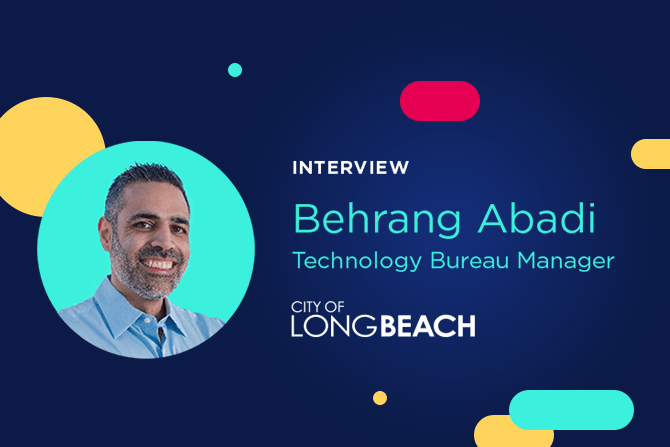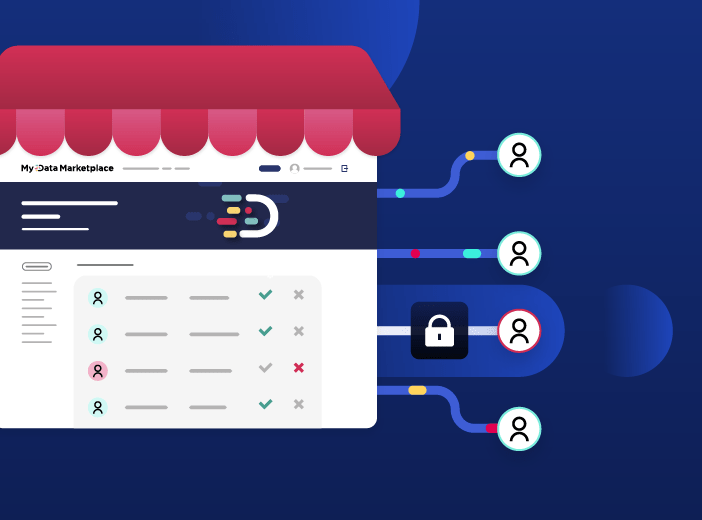How the city of Long Beach is making open data inviting and understandable to increase its use

Learn from the City of Long Beach as it provides best practice on sharing the right data and ensuring that it is used by key stakeholders in our in-depth Q&A blog.
Simply making information publicly available is just the first step in any organization’s data journey. To gain real value from open data and to drive data democratization, data has to meet the needs of users and be easy to understand, visualize and interact with.
Our recent webinar shared the experiences of the award-winning City of Long Beach, outlining how you can drive usage of your open data portal through greater engagement with citizens and employees.
One of the 50 largest cities in the US, the City of Long Beach in California is home to approximately 470,000 people. Known for its technology leadership, it has been named a top 10 digital city for 12 consecutive years by the Center for Digital Government.
To learn more about how it is driving engagement, we interviewed Behrang Abadi, Digital Services Bureau Manager at the City of Long Beach about their best practice advice for open data success.
What is the objective of your open data strategy?
Behrang: Open data is a key tool for building trust between the government and the communities we serve. As a top digital city, we treat providing open data as an expectation for our audiences, rather than being optional. As part of our overall strategy around transparency we created our OpenLB program. This brings together a range of open documents, maps, records and data. It includes links to our open data portal and we find it helps drive traffic to it. Our open data portal now has 20 datasets with over 930,000 records, covering areas including the status of service requests submitted via the city’s 311 reporting system, animal shelter data, employee diversity demographic information and an inventory of trees planted across the city.
Why have you focused on engagement with your open data?
Behrang: Our aim is to be as accessible as possible, and to do that we needed to do more than just share raw data in a tabular format. Our City Manager encouraged us to make the data enticing and inviting for an average person to interact and explore. We chose to make our datasets more engaging by creating a very simple dashboard with maps and charts for each one of them. That means people can view the dashboard and then explore the dataset itself if they want to, create their own visualizations and export data in a variety of ways. What we’re trying to do is accommodate everybody from the most basic user who might be intimidated by rows and columns all the way up to a developer who wants to build applications that include our data.
How do you get internal buy-in from data owners?

Behrang: One surefire strategy is to focus on data that is already being released in different formats. For example, if you’re already publishing data as a monthly PDF that means there’s already an existing agreement to post the data publicly. What we can do is make the process much less labor-intensive and more open to public analysis by presenting the data as rows and columns as opposed to a fixed format like PDF. So my advice is if you want a low barrier to entry look for those opportunities where you’re already making that information available. Our 311 data is a perfect example – all of it is available in our Go Long Beach 311 app. That means the challenges of getting it vetted and receiving permission to publish it has already been addressed.

What are your future plans around open data?
Behrang: Ultimately open data needs to be useful to members of the public, so we’re continually looking at where the greatest interest currently is.
We’re never going to materialize or realize the value of the system if we’re putting out datasets that the public aren’t interested in. My view of the future is greater engagement with the public, understanding what they’re interested in and then finding the best way to represent that on the portal. My mental energy goes into how we can use this tool to broaden trust within our community to bring the government and the average constituent closer together.
Learn more about the experiences of the City of Long Beach by watching our webinar with Behrang Abadi.

Data contracts are key to building trust in data in distributed environments, and are at the heart of data products. We look at how to build and enforce data contracts through a data product marketplace to unlock greater value from data.

It can be hard to understand exactly what a data product is, given the many ways that the term is defined and applied. To provide clarity this article provides a business-focused definition of a data product, centered on how it makes data accessible and usable by the wider organization, while creating long-term business value.


